- Home
- Articles
- Architectural Portfolio
- Architectral Presentation
- Inspirational Stories
- Architecture News
- Visualization
- BIM Industry
- Facade Design
- Parametric Design
- Career
- Landscape Architecture
- Construction
- Artificial Intelligence
- Sketching
- Design Softwares
- Diagrams
- Writing
- Architectural Tips
- Sustainability
- Courses
- Concept
- Technology
- History & Heritage
- Future of Architecture
- Guides & How-To
- Art & Culture
- Projects
- Interior Design
- Competitions
- Jobs
- Store
- Tools
- More
- Home
- Articles
- Architectural Portfolio
- Architectral Presentation
- Inspirational Stories
- Architecture News
- Visualization
- BIM Industry
- Facade Design
- Parametric Design
- Career
- Landscape Architecture
- Construction
- Artificial Intelligence
- Sketching
- Design Softwares
- Diagrams
- Writing
- Architectural Tips
- Sustainability
- Courses
- Concept
- Technology
- History & Heritage
- Future of Architecture
- Guides & How-To
- Art & Culture
- Projects
- Interior Design
- Competitions
- Jobs
- Store
- Tools
- More
Mastering Atmosphere: How Lighting Transforms Architectural Visuals
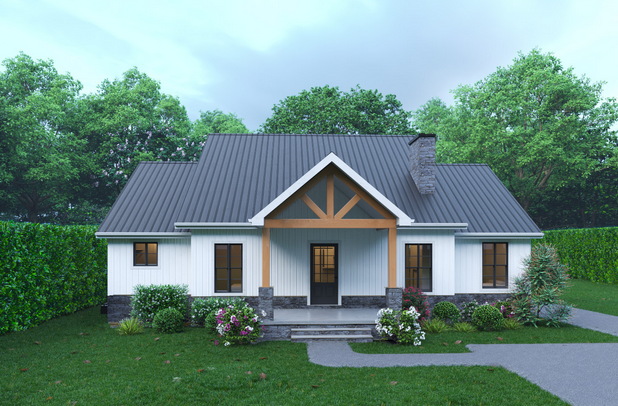
When an architectural rendering falls flat, the issue often isn’t the design—it’s the lighting.
Lighting is more than just illumination—it’s a storytelling tool. And yet, it’s one of the most overlooked elements in architectural visualization.
In this article, we’ll explore how lighting shapes mood, realism, and emotional impact in architectural visuals. Whether you’re an architect working with a visualizer, a student learning the basics, or a rendering studio refining your craft—mastering atmosphere through lighting will elevate every project you undertake.
Table of Contents
ToggleThe Power of Light in Architectural Visualization
Lighting guides the eye. It sets the emotional tone. It tells the viewer what matters.

Photography Copyright: 7CGI Limited
Lighting as an Emotional and Compositional Tool
In architectural visualization, lighting is not just technical—it’s strategic. Warm, low-angled sunlight can evoke a cozy, lived-in feel for residential interiors. On the other hand, cool, crisp lighting might be better suited to sleek commercial spaces where sharp lines and materials need to stand out.
Good lighting directs attention and creates depth. It emphasizes textures, guides user flow, and even implies the time of day or season subtly influencing how a space is perceived.
Real-World Examples: Residential Warmth vs. Commercial Sharpness
In a high-end residential rendering, a warm sunset casting golden rays across a timber floor instantly conveys a sense of comfort and tranquility. Contrast that with an office tower visualized in cold, morning light with controlled reflections bouncing off glass and metal—here, precision and professionalism take center stage.
Mood Shaping Through Lighting Choices
From soft daylight that creates natural shadows to dramatic spotlights that highlight focal elements, every lighting decision should serve the story of the space. It’s not about showing the architecture—it’s about feeling it.
Balancing Natural and Artificial Light
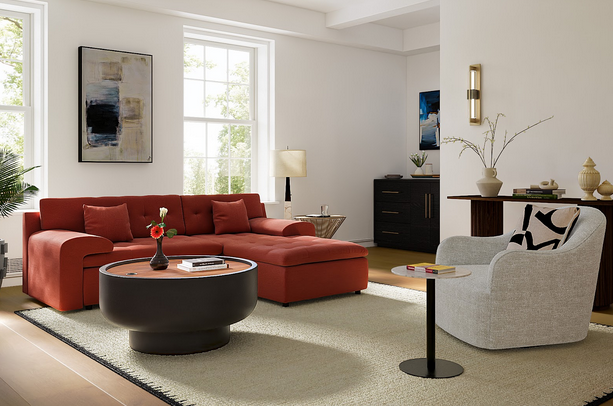
Photography Credit: 7cgi Limited
Striking the right lighting balance is what separates amateur renders from visual masterpieces.
Choosing the Right Time of Day for Sunlight
The time of day dramatically impacts how architectural forms and materials appear:
- Morning light is soft and subtle, creating gentle highlights and shadows.
- Midday sun can be harsh but effective for large outdoor scenes.
- Golden hour is a favourite for residential and hospitality visuals—adding warmth and emotion.
Artificial Lighting Techniques: Spotlighting, Ambient Layers, Accent Lighting
Artificial lighting adds control. Spotlights draw attention to key features like art or design accents. Ambient lighting fills the space without overpowering it. Accent lighting—from under-cabinet strips to stair tread LEDs—can add both function and flair.
The key is to avoid uniformity. Flat, evenly distributed artificial light kills mood. Use lighting in layers to mimic real-world complexity.
Hybrid Setups for Layered Realism
The most compelling renders often combine natural and artificial light. A twilight exterior with interior lights turned on not only looks beautiful but also creates narrative tension—what’s happening inside? This layered approach offers dimension, emotion, and storytelling.
Avoiding Common Lighting Mistakes
Lighting mistakes can break immersion and make even the best designs look unconvincing.
Overexposure, Flatness, and Unnatural Shadows
When renders are too bright, they lose contrast and depth. On the flip side, overly flat lighting removes the visual hierarchy. Harsh or misplaced shadows can make a space look artificial, confusing the scale and orientation.
Unrealistic Interior Lighting
One of the most frequent issues in interiors is “clean but wrong” lighting. Unrealistic bounce, sterile light sources, or missing light temperature variations make spaces feel off. Remember: few real-life environments are uniformly lit.
Practical Fixes: Tone Mapping, Lighting Direction, Material Harmony
Use tone mapping to maintain contrast and highlight detail in both shadows and highlights. Align your lighting direction with camera placement for natural-looking scenes. Ensure materials react believably to light—reflective, matte, translucent—based on physical properties.
Finding the Right Visualization Partner
Finding the right rendering partner can significantly enhance how lighting is handled in your visuals, particularly when aiming for atmosphere-rich, emotionally engaging results.
Based on over a decade of real-world industry experience, as they said at 7cgi, they have carefully compiled this list of the top 3D rendering companies to help architects, designers, and developers connect with studios that genuinely understand the importance of lighting in architectural visualization.
Collaboration Tips: Architect–Visualizer Communication
The best lighting outcomes come from proactive collaboration.
Sharing Mood Boards and Site Orientation Early
Don’t wait until the render is halfway done. Start by sharing mood boards, reference photos, and notes about site location, climate, and orientation.
Using Lighting References in the Brief
Include visual examples of lighting atmospheres you like—even if they’re from photography or film. These references clarify expectations and creative direction.
Iterating Together for Emotional Impact
Treat lighting like any other design layer—one that benefits from revision. Provide feedback on how the light feels, not just how it looks. Does it match the function? The mood? The story?
Conclusion
Lighting isn’t just a finishing touch—it’s a design decision.
Every shadow, highlight, and glow shapes how a space is understood. For architects and students alike, learning to consider lighting as part of the design process, not an afterthought, can significantly enhance visual outcomes.
When you master the atmosphere, your visuals don’t just show a building; they evoke a sense of place. They make people feel it.
And that’s the difference between a good render and a compelling one.
Submit your architectural projects
Follow these steps for submission your project. Submission FormLatest Posts
Top 3D Visualization Outsourcing Picks for 2025
Looking to scale your 3D production without expanding headcount or software spend?...
Architectural Visualization in Motion: When a Still Image Isn’t Enough
High-resolution stills have long been the standard in architectural presentation, but today’s...
Visualizing the Invisible: How 3D Rendering Revolutionizes Basement Waterproofing Design
The architectural visualization revolution has transformed how designers approach complex building challenges,...
How to Create Immersive Soundscapes in Architectural Visualization
Sound matters more than you think. Imagine walking through a 3D-rendered home....




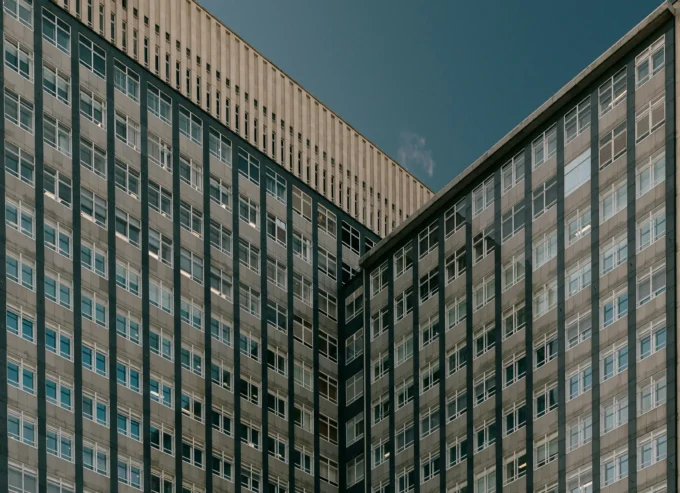



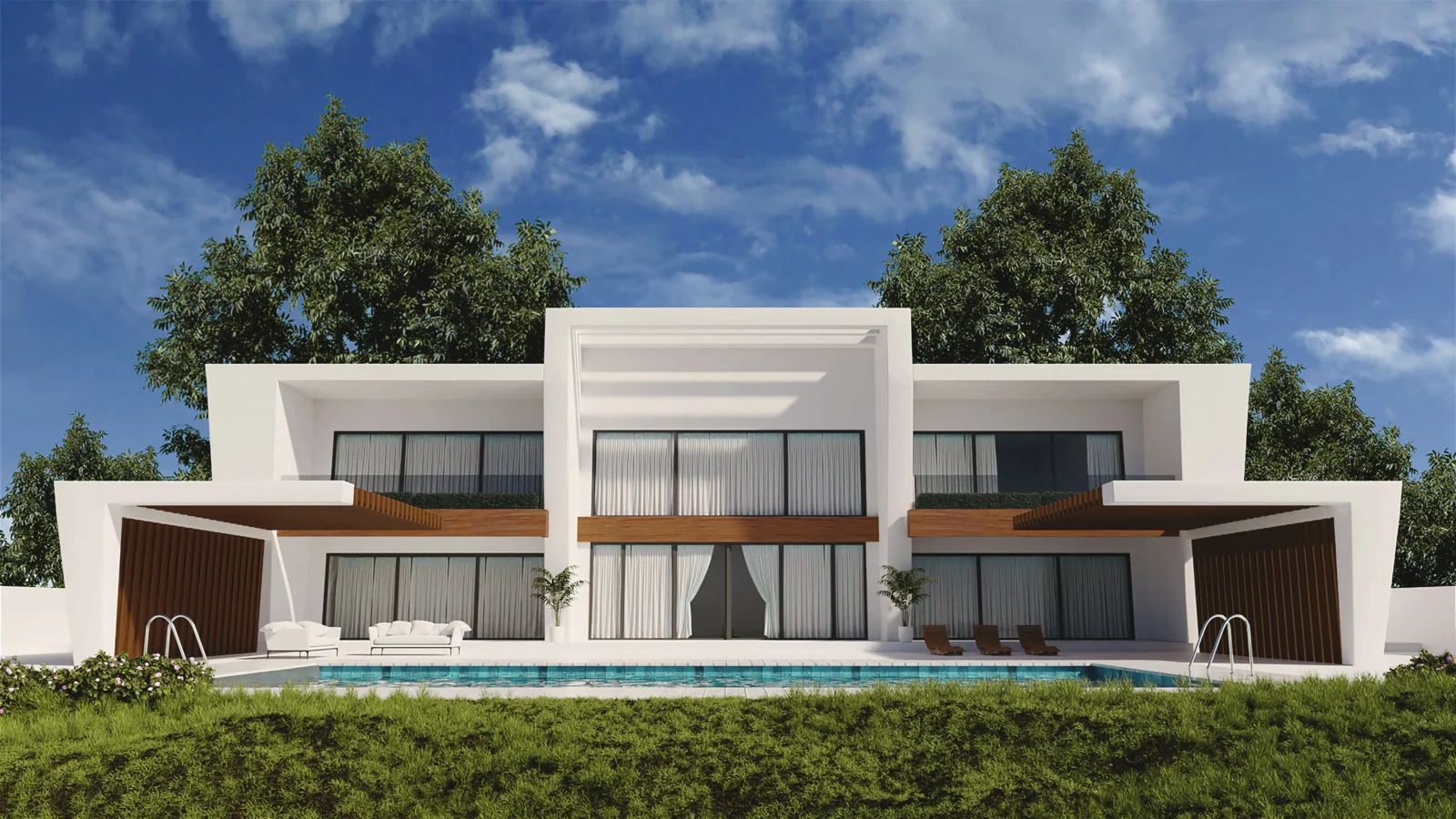


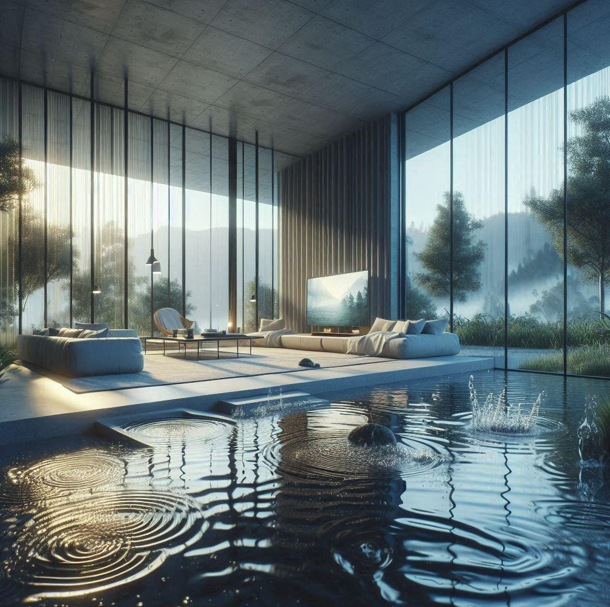
Leave a comment